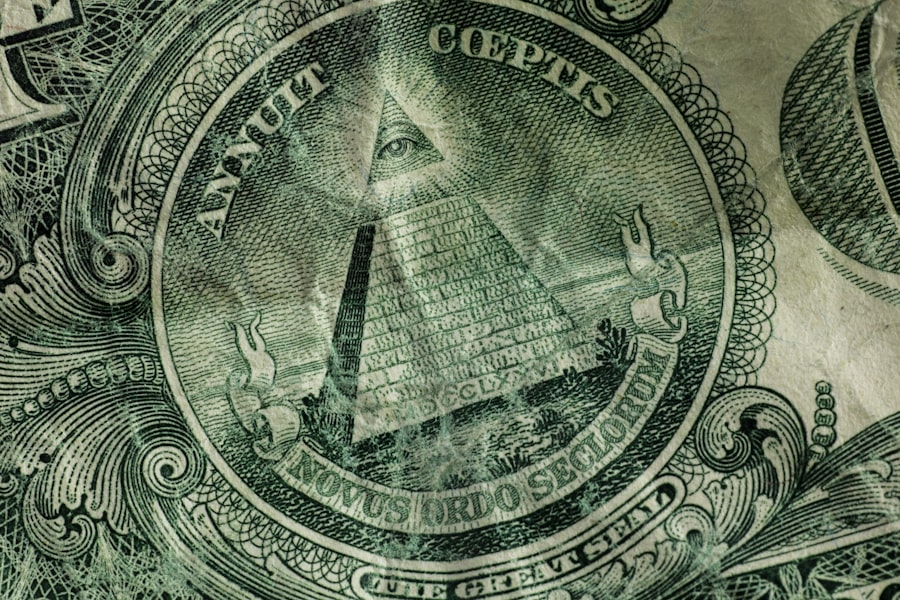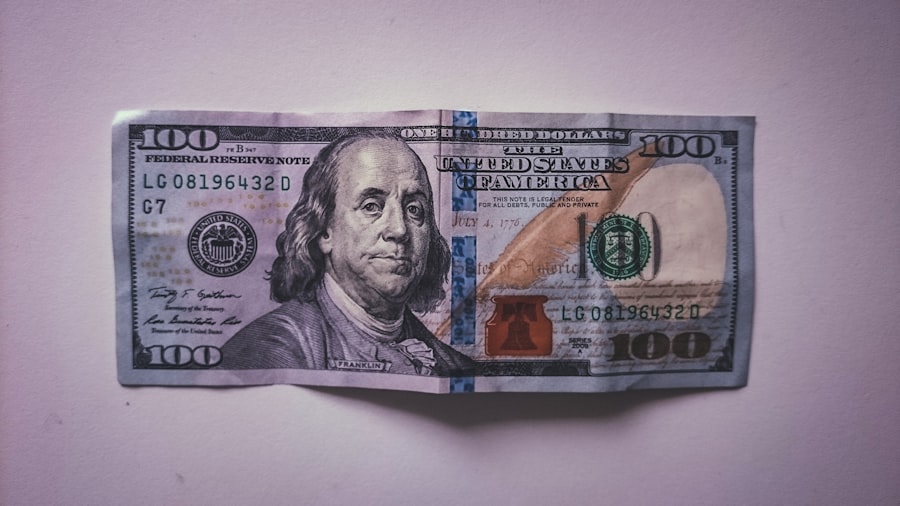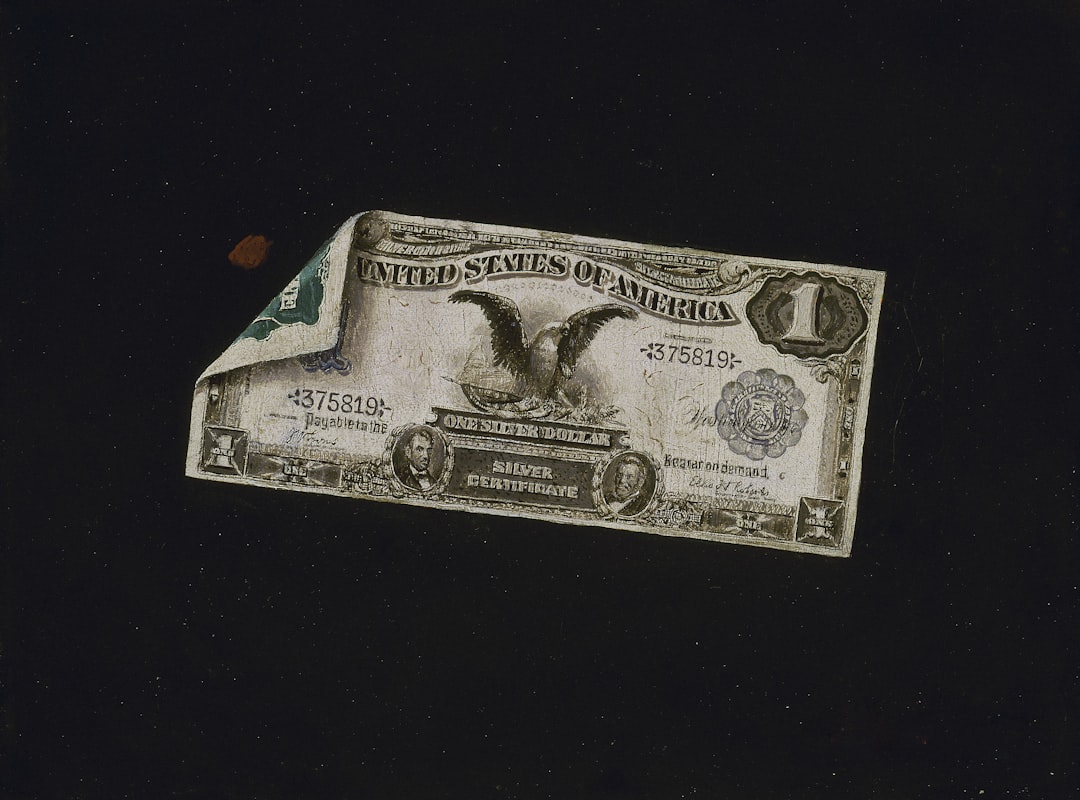The dollar’s journey to becoming the world’s primary reserve currency is a fascinating tale rooted in historical events and economic shifts. Initially, the United States dollar was established in 1792, but it wasn’t until the aftermath of World War II that it began to take on its global role. The Bretton Woods Conference in 1944 marked a pivotal moment, as representatives from 44 nations gathered to create a new international monetary system.
They agreed to peg their currencies to the U.S. dollar, which was itself convertible to gold at a fixed rate. This arrangement not only solidified the dollar’s status but also positioned the United States as a dominant economic power in the post-war world.
As you delve deeper into this history, you will find that the dollar’s ascent was not merely a product of chance but rather a reflection of the economic might of the United States. The country emerged from the war with its industrial base largely intact, while many European nations were left in ruins. This economic strength, combined with the stability of the U.S.
government and its financial institutions, made the dollar an attractive option for countries looking to rebuild their economies. Over time, as global trade expanded and international financial markets evolved, the dollar became synonymous with stability and trust, further entrenching its position as the world’s reserve currency.
Key Takeaways
- The dollar became a global reserve currency due to the Bretton Woods Agreement and the economic dominance of the United States after World War II.
- The dollar’s role in international trade and finance is significant, as it is used as the primary currency for pricing and settling transactions.
- The dollar is used as a tool of economic warfare through sanctions, trade wars, and financial restrictions imposed by the United States.
- The shift from gold to the dollar as a reserve asset occurred in the 1970s when the gold standard was abandoned, leading to the dollar’s dominance in global finance.
- The dollar’s impact on global economic stability is substantial, as its value and policies affect the stability of other economies around the world.
The Dollar’s Role in International Trade and Finance
In today’s interconnected world, the dollar plays a crucial role in facilitating international trade and finance. When you engage in global commerce, you will often find that transactions are conducted in dollars, regardless of the countries involved. This widespread acceptance simplifies trade by providing a common currency that reduces exchange rate risks and transaction costs.
As a result, businesses and governments alike prefer to hold dollars for their international dealings, reinforcing its status as the dominant currency in global trade. Moreover, the dollar’s role extends beyond mere transactions; it serves as a benchmark for pricing commodities such as oil, gold, and agricultural products. When you consider that many of these essential goods are priced in dollars, it becomes clear how deeply intertwined the currency is with global economic dynamics.
This pricing mechanism not only stabilizes markets but also ensures that fluctuations in the dollar’s value can have far-reaching implications for economies around the world. As you navigate through international finance, understanding the dollar’s pivotal role will help you grasp the complexities of global economic interactions.
The Dollar’s Use as a Tool of Economic Warfare

The dollar’s dominance has also made it a powerful instrument of economic warfare. Governments can leverage their control over the currency to impose sanctions and exert pressure on nations that defy international norms or threaten geopolitical stability. When you think about recent events, such as sanctions against countries like Iran or North Korea, it’s evident how the U.S.
government has utilized its currency to achieve foreign policy objectives. By restricting access to dollars, these nations find themselves isolated from global markets, which can lead to significant economic hardship. This use of the dollar as a weapon raises important ethical questions about the implications of such actions.
While you may understand that sanctions can be effective in promoting compliance with international laws, they can also have unintended consequences for ordinary citizens who bear the brunt of economic suffering. As you consider these complexities, it becomes clear that the dollar’s role in economic warfare is not just about power; it’s also about navigating the moral landscape of international relations.
The Shift from Gold to the Dollar as a Reserve Asset
| Year | Gold Reserves (in metric tons) | Dollar Reserves (in billions) |
|---|---|---|
| 1950 | 38,491 | 24.1 |
| 1970 | 36,350 | 80.3 |
| 1990 | 33,000 | 228.5 |
| 2010 | 30,000 | 3,043.7 |
| 2020 | 27,000 | 6,993.1 |
The transition from gold to the dollar as the primary reserve asset is a significant chapter in monetary history. For centuries, gold was seen as the ultimate store of value, with nations hoarding it to back their currencies and ensure economic stability. However, as you explore this evolution, you’ll find that the Bretton Woods system played a crucial role in shifting this paradigm.
When countries agreed to peg their currencies to the dollar, they effectively placed their trust in the U.S. economy rather than a physical commodity. This shift had profound implications for global finance.
As countries began to accumulate dollars instead of gold, they found themselves more integrated into the U.S.-led financial system. This reliance on the dollar allowed for greater liquidity and flexibility in international trade but also created vulnerabilities. You may recognize that this dependence means that any fluctuations in the dollar’s value can ripple through economies worldwide, affecting everything from inflation rates to trade balances.
The Dollar’s Impact on Global Economic Stability
The dollar’s status as a global reserve currency has significant implications for global economic stability. When you consider how many countries hold dollars as part of their foreign exchange reserves, it becomes clear that fluctuations in its value can have widespread effects. A strong dollar can make exports from other nations more expensive, potentially leading to trade imbalances and economic strain.
Conversely, a weak dollar can boost U.S. exports but may also lead to inflationary pressures domestically. Moreover, your understanding of global economic stability must include the role of central banks and their policies regarding dollar reserves.
This reliance on the dollar means that any instability within the U.S. economy can have cascading effects on global markets.
As you analyze these dynamics, you’ll see how interconnected our world has become and how vital it is to monitor developments related to the dollar.
The Dollar’s Influence on International Monetary Policy

The influence of the dollar extends into international monetary policy, shaping decisions made by central banks around the world. When you consider how monetary policy is often influenced by exchange rates and capital flows, it becomes evident that central banks must take into account the strength or weakness of the dollar when formulating their strategies. For instance, if you are a policymaker in an emerging market economy facing capital outflows due to a strengthening dollar, you may need to adjust interest rates or implement measures to stabilize your currency.
Additionally, your understanding of international monetary policy must include how countries coordinate their efforts in response to fluctuations in the dollar’s value. The interconnectedness of economies means that decisions made by one country can have ripple effects across borders. As you navigate this complex landscape, you’ll recognize that managing monetary policy in relation to the dollar is not just about domestic concerns; it’s also about maintaining stability in an increasingly globalized economy.
The Dollar’s Role in Geopolitical Power Dynamics
The dollar’s dominance is intricately linked to geopolitical power dynamics, influencing relationships between nations and shaping alliances. When you think about how countries interact on the global stage, it’s clear that those with significant dollar reserves often wield more influence in negotiations and international forums. This power dynamic can lead to tensions between nations seeking to challenge U.S.
hegemony or reduce their dependence on the dollar. As you explore these geopolitical implications further, you’ll find that some countries are actively seeking alternatives to reduce their reliance on the dollar. Initiatives such as bilateral trade agreements using local currencies or efforts to establish alternative payment systems reflect a desire for greater autonomy in international finance.
However, these efforts are often met with resistance from established powers who benefit from maintaining the status quo. Understanding these dynamics will help you appreciate how currency influences not just economics but also global politics.
The Dollar’s Use in Sanctions and Trade Wars
The strategic use of the dollar in sanctions and trade wars has become increasingly prominent in recent years. When you consider how countries leverage their financial systems to impose penalties on others, it’s evident that access to dollars can be a powerful tool for enforcing compliance with international norms.
This approach raises important questions about fairness and equity in international relations. While you may understand that sanctions can be justified as a means of promoting human rights or deterring aggression, they can also lead to unintended consequences for innocent civilians who suffer from economic isolation. As you reflect on these issues, you’ll see how complex and multifaceted the use of the dollar can be in shaping global interactions.
The Dollar’s Impact on Emerging Market Economies
Emerging market economies often find themselves at the mercy of fluctuations in the dollar’s value, which can significantly impact their growth trajectories and financial stability. When you consider how many emerging markets rely on foreign investment denominated in dollars or have debts payable in dollars, it becomes clear that changes in exchange rates can create vulnerabilities. A strengthening dollar can lead to capital flight and increased borrowing costs for these economies, making it challenging for them to sustain growth.
Moreover, your understanding of this impact must include how emerging markets navigate these challenges through various strategies. Some countries may seek to diversify their reserves by accumulating other currencies or gold, while others may implement policies aimed at stabilizing their own currencies against dollar fluctuations. As you analyze these responses, you’ll gain insight into how emerging markets are adapting to an environment where the dollar remains dominant yet poses significant risks.
The Future of the Dollar as a Strategic Weapon
Looking ahead, it’s essential to consider how the dollar will continue to function as a strategic weapon in international relations. As geopolitical tensions rise and new economic powers emerge, you may wonder whether the dollar will maintain its dominance or face challenges from alternative currencies or payment systems. The increasing use of digital currencies and blockchain technology could potentially disrupt traditional financial systems and alter how transactions are conducted globally.
However, despite these potential challenges, many experts argue that the dollar’s entrenched position is unlikely to change dramatically in the near future. Its widespread acceptance and deep liquidity make it difficult for alternatives to gain traction on a global scale. As you contemplate these possibilities, you’ll recognize that while change is inevitable, understanding the historical context and current dynamics surrounding the dollar will be crucial for navigating future developments.
The Role of Alternative Currencies in Challenging the Dollar’s Dominance
In recent years, alternative currencies have emerged as potential challengers to the dollar’s dominance in global finance. When you examine initiatives such as China’s push for greater use of its yuan in international trade or Russia’s efforts to establish alternative payment systems, it’s clear that some nations are actively seeking ways to reduce their reliance on the dollar. These efforts reflect a desire for greater autonomy and resilience against potential economic coercion from established powers.
However, your analysis should also consider the challenges faced by these alternative currencies in gaining widespread acceptance. Factors such as trustworthiness, liquidity, and infrastructure play critical roles in determining whether an alternative currency can effectively compete with the dollar on a global scale. As you explore this evolving landscape further, you’ll gain valuable insights into how emerging trends may shape future monetary dynamics and influence international relations.
In conclusion, understanding the multifaceted role of the dollar as a global reserve currency is essential for navigating today’s complex economic landscape. From its origins following World War II to its current status as a tool of economic warfare and geopolitical power dynamics, the dollar remains at the center of international finance and trade. As you reflect on these themes and consider potential future developments involving alternative currencies and shifting power dynamics, you’ll be better equipped to engage with ongoing discussions about currency and its impact on global affairs.
The transformation of the dollar into a powerful geopolitical tool is a fascinating subject that has garnered significant attention in recent years. An insightful article that delves into this topic can be found on Hey Did You Know This. The piece explores the historical evolution of the dollar’s role in global finance and how it has been strategically utilized by the United States to exert influence on the international stage. For a deeper understanding of this complex issue, you can read the full article by visiting this link.
WATCH IT HERE! 💰 The Secret History of the Dollar: How Oil Replaced Gold (The Petrodollar Mystery)
FAQs
What is the history of the US dollar as a global currency?
The US dollar became the world’s dominant reserve currency after World War II, when the Bretton Woods Agreement established it as the standard for international trade.
How has the US used the dollar as a weapon?
The US has used the dollar as a weapon by imposing sanctions on countries and entities, restricting their access to the US financial system and the use of the dollar for international transactions.
What are the implications of the US using the dollar as a weapon?
The use of the dollar as a weapon has significant economic and geopolitical implications, as it can impact the targeted country’s ability to conduct international trade and access global financial markets.
How have other countries responded to the US using the dollar as a weapon?
Other countries have responded to the US using the dollar as a weapon by seeking alternative payment systems and currencies to reduce their dependence on the US dollar and mitigate the impact of US sanctions.
What are the potential future developments regarding the US dollar as a weapon?
The future developments regarding the US dollar as a weapon are uncertain, but there is a growing trend towards de-dollarization and the use of alternative currencies and payment systems in international trade and finance.
